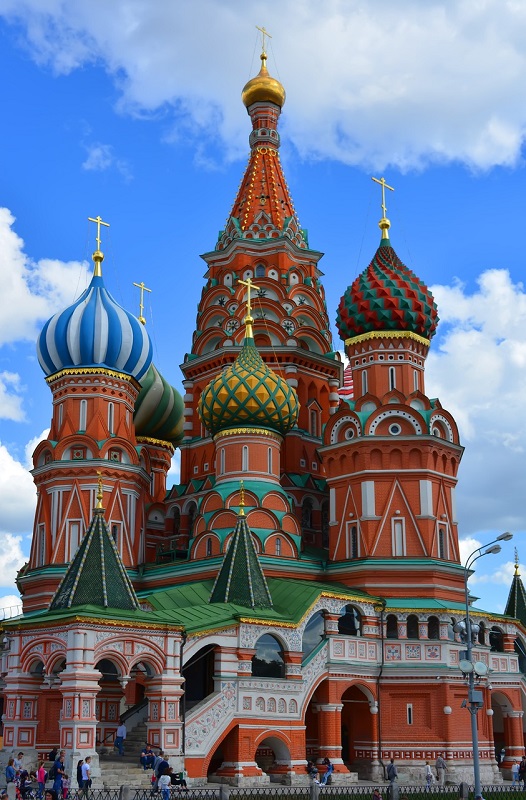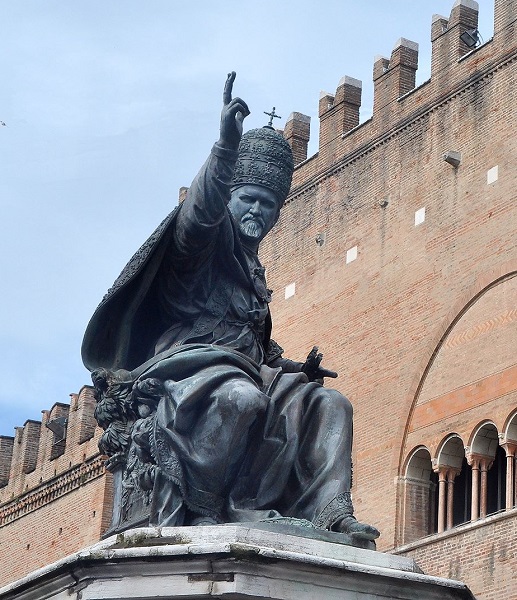Abortion bans are always about control. Always.
The religious right lawmakers who push them don’t care about women, children or families. If they did, they’d support paid family leave, or universal health care, or laws to stop gun slaughter. They want to ban abortion for one reason only: to force women into fulfilling what they believe is God’s purpose for them, to be wives and mothers. As long as women are getting pregnant and giving birth like they’re “supposed” to, these theocrats don’t care what happens after that.
The problem, from the anti-choicers’ perspective, is that women know this too. American women can see that they’re in danger of being forced to carry pregnancies they don’t want, threatening their lives, their health and their futures. To reassert control over their bodies, they’re making the logical choice.
According to a new report in JAMA, after the Dobbs decision, the number of reproductive-age women getting their tubes tied spiked across the country. In blue states that protected abortion access, those numbers quickly tapered off. But in states hostile to abortion rights, they kept rising:
In states that enacted total or near-total abortion bans following the US Supreme Court’s Dobbs decision in June 2022, the rate of sterilizations among reproductive-age women that July spiked 19 percent. A similar initial spike was seen across the nation, with states that either limited or protected access to abortions seeing a 17 percent increase.
But, after that, states with bans saw a divergent trend. The states that limited or protected abortion access saw sterilization procedures largely level off after July 2022. In contrast, states with bans continued to see increases. From July 2022 to December 2022, use of sterilization procedures increased by 3 percent each month.
The religious right got their win on abortion, and now they want more. They’ve made their goals clear: They want to ban contraception. They want to ban divorce. They want to imprison women in anti-choice states, preventing them from traveling elsewhere to get an abortion. They don’t care whether a pregnancy comes about through rape, or whether it endangers the woman’s life, or whether the fetus has severe abnormalities that will result in a short life full of suffering.
In fact, they don’t care if women can get medical care at all. Red states have passed anti-abortion laws that are both draconian and intentionally vague, making doctors and hospitals guess at what they can and can’t do. It seems that the religious right wants to intimidate health care providers so that they’re afraid to help pregnant women in distress. If doctors flee and those states become maternity care deserts, they count that as a victory.
But, apparently, the religious right didn’t count on women being able to read these same headlines for themselves. They assumed that they could pass whatever laws they wanted and everyone else would just keep doing whatever they were doing before. Without abortion, they believed, women would have no choice but to bear more children.
In reality, they’ve created a powerful disincentive to get pregnant, and people are responding accordingly. In this sense, the natalist agenda is self-defeating. People are accustomed to freedom, and they’re not willing to give it up, whatever religious zealots with their heads in the Middle Ages might think.
An added tragedy is that anti-choicers are preventing the birth of wanted children. Of course, many people who get sterilized are childfree. But it’s also likely that among this group, there are some women who aren’t dead-set against having kids – or who already have kids and, in a better world, would consider having more.
However, they’ve made a rational calculation of the risks and the benefits. They’d prefer to get sterilized to ensure that they’ll be alive. That’s better than the prospect of an unwanted pregnancy they can’t do anything about – or even a wanted pregnancy where they’re barred from medical help if something goes badly wrong. Given the extreme hostility that red states have shown toward women needing medical care, it’s impossible to blame them.




